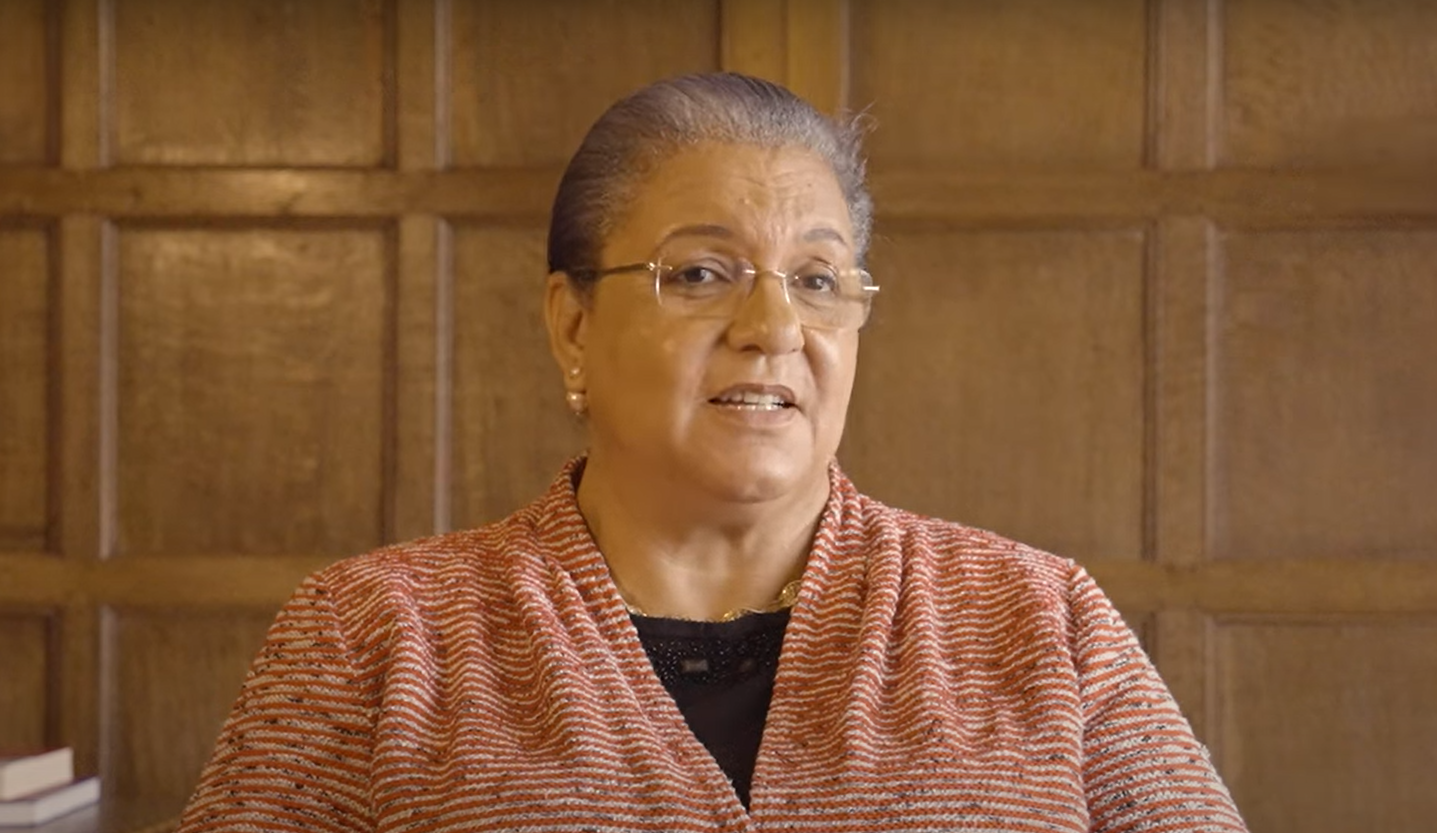In association with the World Bank.
International assistance to Afghanistan comes from over 50 development partners, and the overall volume of civilian aid to Afghanistan from 2002-2011 has exceeded $57 billion. This is the largest volume of overseas development aid provided to any single country during this period and in per capita aid, the second largest, after Liberia. When combined with the indirect effects of military assistance to Afghanistan, however, external assistance plays an even greater role in Afghanistan, with military investments outstripping civilian assistance to Afghanistan. This is poised to change in 2014 with the planned transition to a substantially lower international military presence in Afghanistan. The relative role of civilian assistance will consequently grow. Development effectiveness of donor assistance is therefore of crucial significance in this transformational decade.
The assistance from most of Afghanistan’s major development partners has been evaluated either by their own evaluation units or external agencies tasked to assess aid effectiveness. In 2012 alone, evaluations of the Asian Development Bank, DANIDA, NORAD and the World Bank Group country assistance to Afghanistan have been undertaken. At least five other agencies have undergone evaluations over the past five years, two of which have commissioned another evaluation of their assistance to Afghanistan. An evaluation of aid assistance with a special focus on implementation of the Paris Declaration commissioned by the Government of Afghanistan was also completed in 2010.
This body of evaluative findings and recommendations offers valuable lessons to the Government and its donor partners at this critical juncture. The donor community, coordinated by UNAMA, is preparing consolidated milestones with a timeline and indicators to monitor their commitments under the Tokyo Framework. However, these commitments deal with overall aid assistance to Afghanistan and do not focus on many of the specific findings and recommendations in the evaluations of development assistance. The World Bank Independent Evaluation Group commissioned a synthesis paper that pulls together the major points and recommendations from these evaluations.
A brief summary of the conference:
Development assistance to Afghanistan from most of its major development partners has been evaluated either by their own evaluation units or external agencies tasked to assess aid effectiveness, as well as in a study commissioned by the Government of the Islamic Republic of Afghanistan (GIRoA). The World Bank Independent Evaluation Group commissioned a comparative analysis, Afghanistan: A Synthesis Paper of Lessons from Ten Years of Aid, that pulls together the major points and recommendations from these evaluations.
Like most development experiences, but particularly so under the difficult conditions in which aid and development have been pursued in Afghanistan over the past 10 years, evaluations must beware of the ‘glass half-full versus half-empty’ syndrome. Most evaluations conclude that much has been accomplished. But they also point to substantial deficiencies that have marred programme effectiveness. The evaluations in sum point to the need for much sharper focus in the future on a few overarching issues and priorities rather than continuing a large and scattered donor effort. Afghans will also have to do much more to exercise stronger leadership in this process, building a joint commitment with the donors.
The evaluations and the workshop endorsed a strong commitment to results, and to the goal of seeing concrete and improving results on the ground, whatever the motives of the various parties. The Synthesis Paper provides a useful set of findings and observations that ought to be shared more widely both within and between governments. Workshop participants also agreed that it was essential to communicate the success stories more effectively.
Whilst there is a certain level of nervousness around the 2014 deadline for withdrawal of all international combat forces, positive approaches to the resulting challenges are being developed and agreed. In a heavily politicised environment, there remain key differences in the perceptions of the GIRoA and of the donors in terms of what success looks like. These differences steer the discussion in many directions other than just development. The debate concerning aid effectiveness, donor coordination and aid modalities cannot be divorced from external issues such as the domestic political climate in donor capitals, the military campaign and upcoming withdrawal, financial crises in the west and worsening fiscal constraints, and anti-corruption issues. The relative importance of these aspects changes over time, but they drive the debate.












